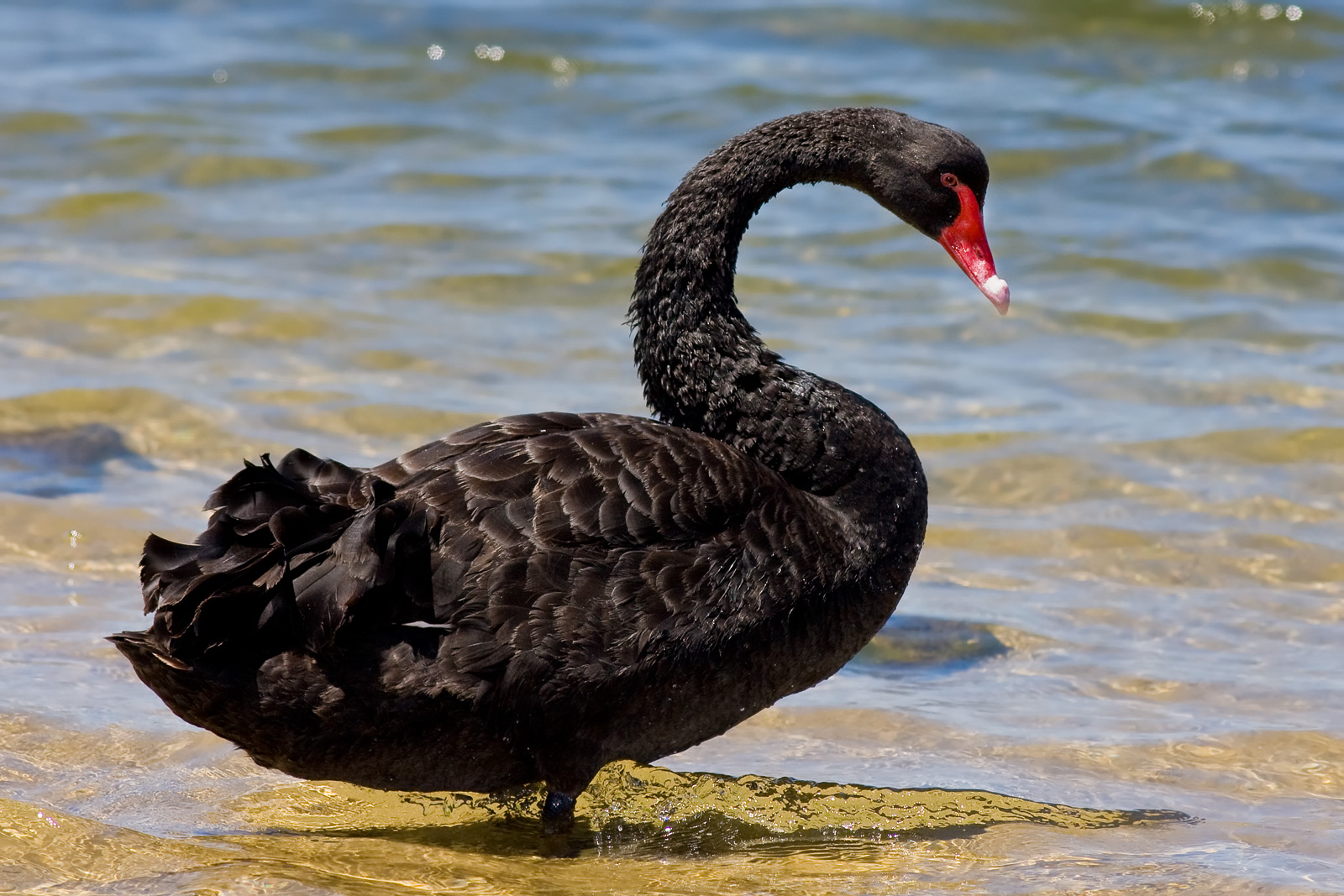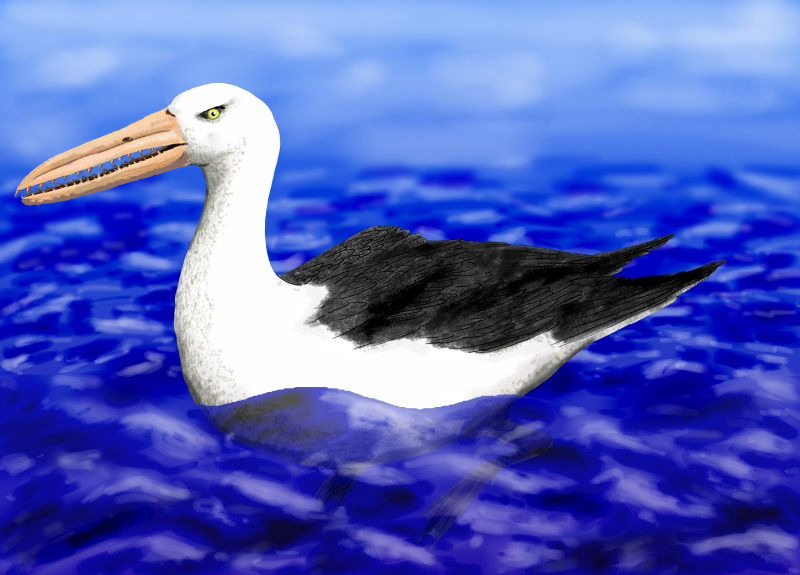|
Interlaken Lakeside Reserve
The Interlaken Lakeside Reserve is a wetland reserve at subalpine Interlaken, lying at the north-western end of Lake Crescent on the Interlaken isthmus between the reservoirs of Lakes Sorell and Crescent, about 20 km west of Tunbridge, Tasmania, Tunbridge, in the Central Highlands (Tasmania), Central Highlands of Tasmania, Australia. In 1982 it was designated a wetland of international importance under the Ramsar Convention. Description The 520 ha Ramsar site is about one third open water and one third dry land, with the remaining third consisting mainly of ''Triglochin procera'' – ''Baumea arthrophylla'' marsh, marshland. Wetland conditions depend on management of water levels in Lake Crescent, which receives water from Lake Sorell and supplies it to the Clyde River (Tasmania), Clyde River for irrigation in the Clyde Valley. The site is one of three known localities in Tasmania for the Cyperaceae, sedges ''Scirpus mantivagus'' and ''Isolepis montivaga'', and for the ... [...More Info...] [...Related Items...] OR: [Wikipedia] [Google] [Baidu] |
Ramsar Convention
The Ramsar Convention on Wetlands of International Importance Especially as Waterfowl Habitat is an international treaty for the conservation and sustainable use of Ramsar site, Ramsar sites (wetlands). It is also known as the Convention on Wetlands. It is named after the city of Ramsar, Mazandaran, Ramsar in Iran, where the convention was signed in 1971. Every three years, representatives of the contracting parties meet as the Ramsar Convention#Conference of the Contracting Parties, Conference of the Contracting Parties (COP), the policy-making organ of the wetland conservation, convention which adopts decisions (resolutions and recommendations) to administer the work of the convention and improve the way in which the parties are able to implement its objectives. COP12 was held in Punta del Este, Uruguay, in 2015. COP13 was held in Dubai, United Arab Emirates, in October 2018. List of wetlands of international importance The list of wetlands of international importan ... [...More Info...] [...Related Items...] OR: [Wikipedia] [Google] [Baidu] |
Scirpus Mantivagus
''Scirpus'' is a genus of grass-like species in the sedge family Cyperaceae many with the common names club-rush, wood club-rush or bulrush (see also bulrush for other plant genera so-named). They mostly inhabit wetlands and damp locations. Taxonomy The taxonomy of the genus is complex, and under review by botanists. Recent studies by taxonomists of the Cyperaceae have resulted in the creation of several new genera, including the genera ''Schoenoplectus'' and ''Bolboschoenus''; others (including ''Blysmus'', ''Isolepis'', '' Nomochloa'', and ''Scirpoides'') have also been used. At one point this genus held almost 300 species, but many of the species once assigned to it have now been reassigned, and it now holds an estimated 120 species. Description ''Scirpus'' are rhizomatous perennial herbs, with 3-angled stems and flat grass-like leaves. The flowers are in clusters of small spikelets, often brown or greenish brown. Some species (e.g. ''S. lacustris'') can reach a height of 3 m, ... [...More Info...] [...Related Items...] OR: [Wikipedia] [Google] [Baidu] |
Waterfowl Hunting
Waterfowl hunting (also called wildfowling or waterfowl shooting in the UK) is the practice of hunting ducks, geese, or other waterfowl for food and sport. Many types of ducks and geese share the same habitat, have overlapping or identical hunting seasons, and are hunted using the same methods. Thus it is possible to take different species of waterfowl in the same outing. Waterfowl can be hunted in crop fields where they feed, or, more frequently, on or near bodies of water such as rivers, lakes, ponds, swamps, sloughs, or oceanic coastlines. History Prehistoric waterfowl hunting Wild waterfowl have been hunted for food, down, and feathers worldwide since prehistoric times. Ducks, geese, and swans appear in European cave paintings from the last Ice Age, and a mural in the Ancient Egyptian tomb of Khnumhotep II ( BCE) shows a man in a hunting blind capturing swimming ducks in a trap. Muscovy ducks were depicted in the art of the Moche culture of ancient Peru by 200 BCE ... [...More Info...] [...Related Items...] OR: [Wikipedia] [Google] [Baidu] |
Recreational Fishing
Recreational fishing, also called sport fishing or game fishing, is fishing for leisure, exercise or competition. It can be contrasted with commercial fishing, which is professional fishing for profit; or subsistence fishing, which is fishing for survival and livelihood. The most common form of recreational fishing is angling, which is done with a rig of rod, reel, line, hooks and any one of a wide range of baits, as well as other complementary devices such as weights, floats, swivels and method feeders, collectively referred to as '' terminal tackles''. Lures are frequently used in place of fresh bait when fishing for predatory fishes. Some hobbyists hand-make custom tackles themselves, including plastic lures and artificial flies. Other forms of recreational fishing include spearfishing, which is done with a speargun or harpoon usually while diving; and bowfishing, with is done from above the water with archery equipments such as a compound bow or crossbow. Noodl ... [...More Info...] [...Related Items...] OR: [Wikipedia] [Google] [Baidu] |
Grazing
In agriculture, grazing is a method of animal husbandry whereby domestic livestock are allowed outdoors to roam around and consume wild vegetations in order to convert the otherwise indigestible (by human gut) cellulose within grass and other forages into meat, milk, wool and other animal products, often on land unsuitable for arable farming. Farmers may employ many different strategies of grazing for optimum production: grazing may be continuous, seasonal, or rotational within a grazing period. Longer rotations are found in ley farming, alternating arable and fodder crops; in rest rotation, deferred rotation, and mob grazing, giving grasses a longer time to recover or leaving land fallow. Patch-burn sets up a rotation of fresh grass after burning with two years of rest. Conservation grazing proposes to use grazing animals to improve the biodiversity of a site, but studies show that the greatest benefit to biodiversity comes from removing grazing animals from the landsc ... [...More Info...] [...Related Items...] OR: [Wikipedia] [Google] [Baidu] |
Livestock
Livestock are the domesticated animals raised in an agricultural setting to provide labor and produce diversified products for consumption such as meat, eggs, milk, fur, leather, and wool. The term is sometimes used to refer solely to animals who are raised for consumption, and sometimes used to refer solely to farmed ruminants, such as cattle, sheep, goats and pigs. Horses are considered livestock in the United States. The USDA classifies pork, veal, beef, and lamb ( mutton) as livestock, and all livestock as red meat. Poultry and fish are not included in the category. The breeding, maintenance, slaughter and general subjugation of livestock, called '' animal husbandry'', is a part of modern agriculture and has been practiced in many cultures since humanity's transition to farming from hunter-gatherer lifestyles. Animal husbandry practices have varied widely across cultures and time periods. It continues to play a major economic and cultural role in numerous comm ... [...More Info...] [...Related Items...] OR: [Wikipedia] [Google] [Baidu] |
Golden Galaxias
The Golden galaxias (''Galaxias auratus'') is an endangered species of landlocked galaxiid fish belonging to the genus '' Galaxias''. It is endemic to Lakes Crescent, Sorell, and their associated waterways located in central Tasmania, Australia. Description The Golden galaxias are small scaleless salmoniform fish that typically grows from 140mm to a maximum of 240mm in length (tip of snout to tail). It has a thickset body with a long head, slender snout, and the characteristic cylindrical trunk shared by other fish in the family Galaxiidae. Its namesake comes from the distinctive golden-amber colouration and dark olive-green circular spots on its dorsal/upper surface; plus the dark ovoid markings on its sides. It has a silvery-grey colouration on its ventral/under surface postulated as a form of countershading camouflage. The fins are amber to light orange in colour with black margins. Phylogenetic relation to other Galaxias The family Galaxiidae of which ''Galaxias aura ... [...More Info...] [...Related Items...] OR: [Wikipedia] [Google] [Baidu] |
Drought Refuge
A drought refuge is a site that provides permanent fresh water or moist conditions for plants and animals, acting as a refuge habitat when surrounding areas are affected by drought and allowing ecosystems and core species populations to survive until the drought breaks. Drought refuges are important for conserving ecosystems in places where the effects of climatic variability are exacerbated by human activities. Description Reliable drought refuges are characterised by the ability to retain sufficient water throughout the drought, having water quality good enough to maintain the life of the ecosystem that are not subject to physical disturbance and that have access to surrounding habitat, so that refugees can recolonise the main habitat when the drought ends. For fish and aquatic invertebrates a drought refuge may be an isolated permanent pool in a stream that ceases to flow and mostly dries up during a period of drought.Bond, N.R. (2007). ''Identifying, mapping and managing drou ... [...More Info...] [...Related Items...] OR: [Wikipedia] [Google] [Baidu] |
Black Swan
The black swan (''Cygnus atratus'') is a large waterbird, a species of swan which breeds mainly in the southeast and southwest regions of Australia. Within Australia, the black swan is nomadic, with erratic migration patterns dependent upon climatic conditions. It is a large bird with mostly black plumage and a red bill. It is a monogamous breeder, with both partners sharing incubation and cygnet-rearing duties. The black swan was introduced to various countries as an ornamental bird in the 1800s, but has managed to escape and form stable populations. Described scientifically by English naturalist John Latham in 1790, the black swan was formerly placed into a monotypic genus, ''Chenopis''. Black swans can be found singly, or in loose companies numbering into the hundreds or even thousands. It is a popular bird in zoological gardens and bird collections, and escapees are sometimes seen outside their natural range. This bird is a regional symbol of both Western Australia, w ... [...More Info...] [...Related Items...] OR: [Wikipedia] [Google] [Baidu] |
Waterfowl
Anseriformes is an order of birds also known as waterfowl that comprises about 180 living species of birds in three families: Anhimidae (three species of screamers), Anseranatidae (the magpie goose), and Anatidae, the largest family, which includes over 170 species of waterfowl, among them the ducks, geese, and swans. Most modern species in the order are highly adapted for an aquatic existence at the water surface. With the exception of screamers, males have penises, a trait that has been lost in the Neoaves. Due to their aquatic nature, most species are web-footed. Evolution Anseriformes are one of only two types of modern bird to be confirmed present during the Mesozoic alongside the other dinosaurs, and in fact were among the very few birds to survive their extinction, along with their cousins the galliformes. These two groups only occupied two ecological niches during the Mesozoic, living in water and on the ground, while the toothed enantiornithes were the dominant bir ... [...More Info...] [...Related Items...] OR: [Wikipedia] [Google] [Baidu] |
Amphibromus Neesii
''Amphibromus'' is a genus of grasses in the family Poaceae. Most are known as swamp wallaby grass.Thieret, J. W''Amphibromus''. Grass Manual. Flora of North America.''Amphibromus''. New South Wales Flora Online. National Herbarium, Royal Botanic Garden, Sydney.Watson, L. and M. J. Dallwitz. 1992 onwards The Grass Genera of the World. 2012. Most are to Australia. One can also be found in |


_-_Ystad-2018.jpg)


